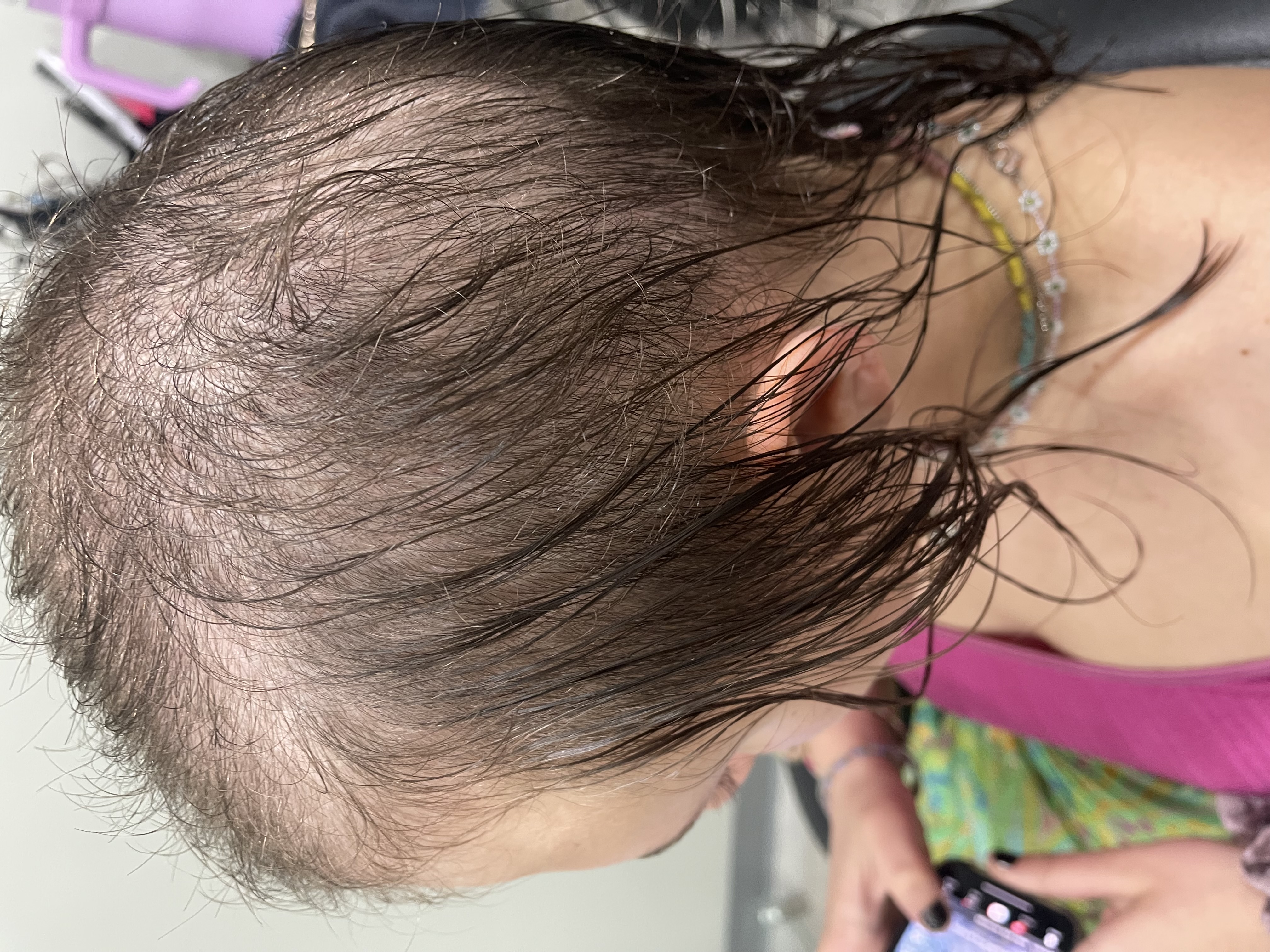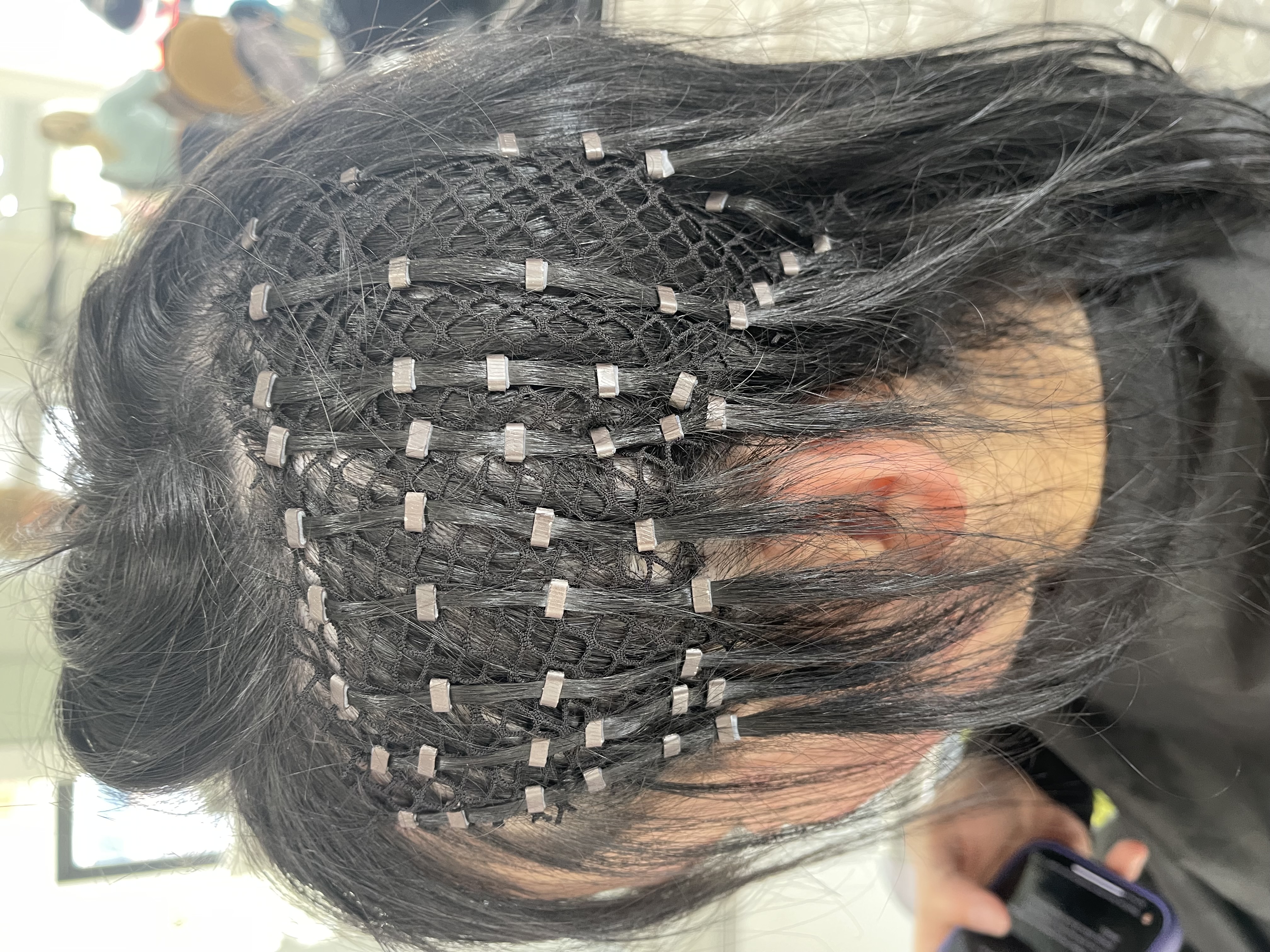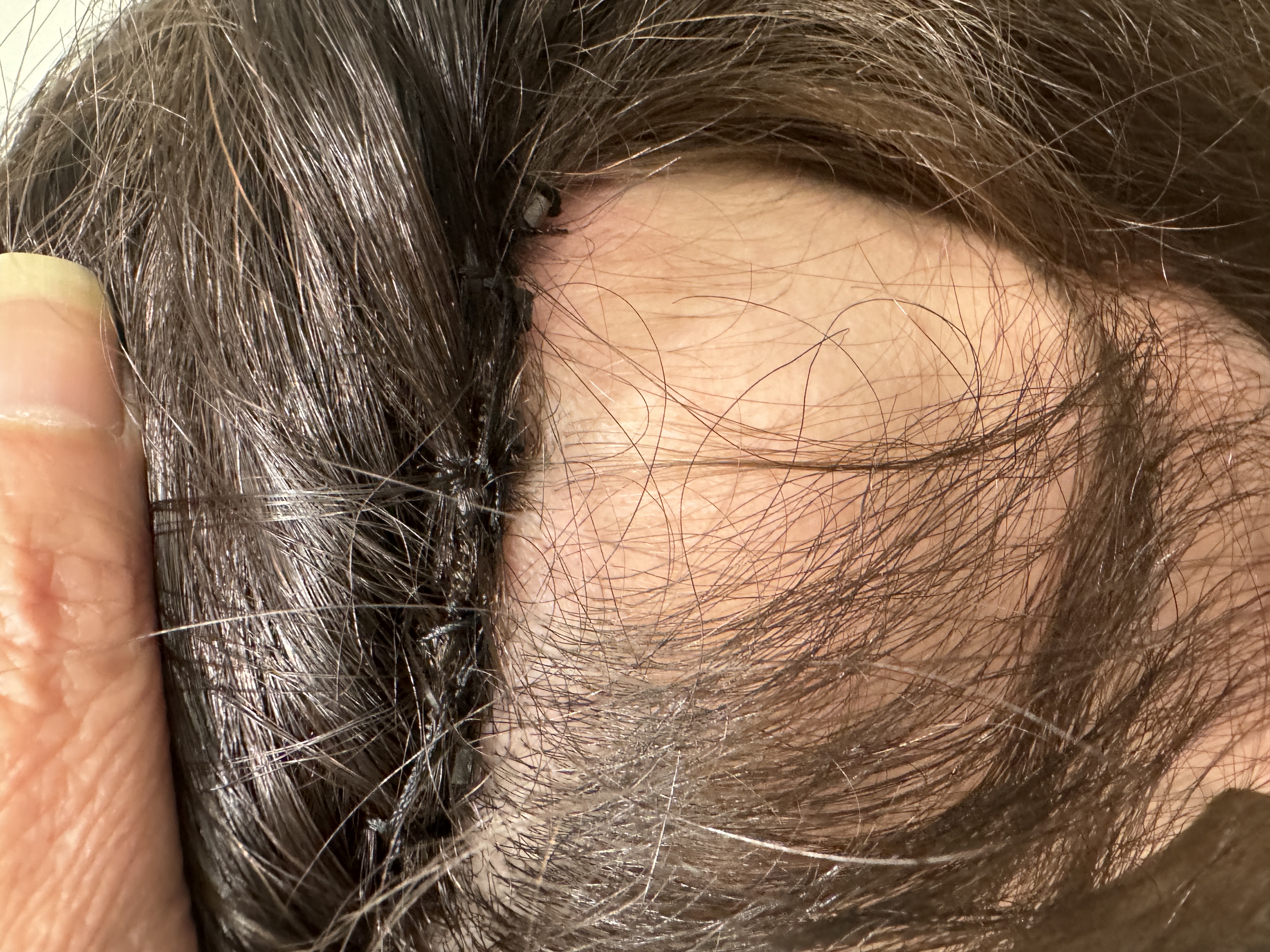Understanding Trichotillomania: The Hair-Pulling Disorder Explained
I am often asked, "What is Trichotillomania?" It is a hair-pulling disorder, classified as a mental disorder, where one pulls their own hair from the head, eyelashes, eyebrows, and/or other parts of the body. I work with clients with Trich "Trichotillomania" for 20 years before there was a diagnosis and a name. The official name "Trichotillomania" is a bit scary and often leads to feelings of shame, and after years of working with clients, none of them appear to be manic in their behavior. I believe boredom is often a factor in this compulsive disorder. A better name/diagnosis is Body-Focused Repetitive Behavior (BFRB) because this is really what it is, like skin picking or nail biting; it may very well be a stress reliever in a stressful situation.
Does Habit Reversal Training Help?
Habit Reversal Treatment (HRT) has shown great promise in the treatment options for trichotillomania, particularly in the treatment of trichotillomania through its techniques. By helping individuals become more aware of their hair-pulling behaviors and teaching them strategies to replace it with healthier alternatives, HRT can be effective in managing and reducing symptoms over time. It focuses on identifying triggers, learning relaxation techniques, and developing new habits to curb the urge to pull hair. HRT combined with cognitive behavioral therapy can provide significant relief for those struggling with trichotillomania. Other therapy techniques such as cognitive behavioural therapy (CBT) help with this mental health condition considered an impulse control disorder. There are other clinicians who help with anxiety disorders if you cannot locate a therapist who specializes in habit reversal therapy.
Differences between Trichotillomania and Alopecia
Unlike Alopecia Areata or Fungal infections, the thinning hair is due to behavior vs. autoimmune diseases or a medical condition where you lose hair. Therefore, your chances for hair regrowth are more in the space of changing habits, your self-esteem, how you perceive yourself, and how others do. Balding spots are the symptom of the disorder; what we do is redirect - allowing for hairs to grow while you get on with your lifestyle.
Why is there a stigma around Trichotillomania
I have had the opportunity to speak with many clients with BFRB, and they appear as normal as the next person. After all, what is normal? It is quite human to be anxious, and those with "Trich" tend to find relief from pulling out their hair. Some say they are looking for the perfect strand to pull, one that has a different feel and texture, once they pull it out they feel some sense of relief. Does this not sound similar to nail-biting? I am not saying that there is no other underlying condition such as anxiety or depression, but I feel the mental health community tends to make sufferers feel "broken!"

Is TTM Related to OCD?
The most successful clients who have stopped pulling out their hair and dealing with bald spots have embraced their condition, are not ashamed, and understand that it is quite common. However, some experience feelings of embarrassment about their bald spots, causing them to hide their condition. I have witnessed "pullers" behavior go into remission; in some cases, the emotional distress causes the behavior to return at times of high stress. Some of my clients have just learned to live with the Trich and not feel desperate, often using scarves to cover any bald spots. Desperation makes one feel hopeless, which exacerbates the pulling.
Helping with Trichotillomania by creating a barrier to prevent pulling
When I first meet a client who pulls out their hair, I make sure to tell them they are not alone, the condition is common and I can help them to look better. In the meantime, I do encourage you to seek advice from a physician and therapist. There does not seem to be a magic pill that stops the behavior. Many of my existing clients make friends with new clients, they share their experiences and offer tips they have learned.

How Noelle Salon Helps to Deter Pulling
We use hair extensions and hair toppers to cover the hair loss area without shaving or gluing. We tie the hair toppers with a series of knots into the hair, which prevents damage to natural hair. These solutions have helped not only aesthetically but also prevent pulling by creating a "barrier" against personal care tools like tweezers. It is so rewarding when clients witness hair growth; it is often a kickstart to shed the hair topper and go it alone, knowing they can always put it back.
How old are people with Trichotillomania?
I have worked with clients as young as 6 up to adulthood in their '70s. I feel it is important to speak to young children’s parents and explain that their child is not flawed. I explain what I have learned over the years about Trichotillomania, as well as offer advice. I also have a network of other providers such as therapists, hair loss experts, and dermatologists who specialize in Trich that is available in the salon.
Conclusion
Long-term hair pulling will damage hair follicles and create scarring that can lead to the demise of the follicle. It is important to catch the early signs of hair-pulling and seek treatment or work with our hair toppers to cover the area.
To date, there is no cure for Trich, but we are doing our best to offer compassion, solutions, and a network of professionals that will help. In closing, Trich is not a death sentence, awareness is a necessary component during the healing process. Please feel free to chime in, post questions, or share your experience, we would love to hear from you.
Questions about Trich
Does Insurance cover wigs or hair toppers for trichotillomania?
Many insurance providers will reimburse money spent on hair toppers a.k.a. "scalp prosthesis." You must first call your insurance carrier to see if you have coverage, receive a prescription from your physician, and provide the documentation and receipts to turn in to them.
Do people ever stop pulling their hair?
If you have Trich, understand you are not alone and not broken. It is treatable, I have many clients that have successfully stopped pulling. Many have told me knowing that we are there for them. if they need us, makes them feel more secure.
Does Noelle Salon have a community of people with trich?
Trichotillomania, a compulsive hair-pulling disorder, can result in severe damage to hair follicles over time, leading to scarring and hair loss. Early detection and seeking treatment are crucial in managing the condition. At Noelle Salon, we provide support, advice, and connections to specialists such as therapists and dermatologists who specialize in treating Trich. We recently help a Trichotillomania event where people shared stories about having Trich, and the event was a great success.







1 comment
I suffer from Trich interested in meeting. My cell is 508-274-1025